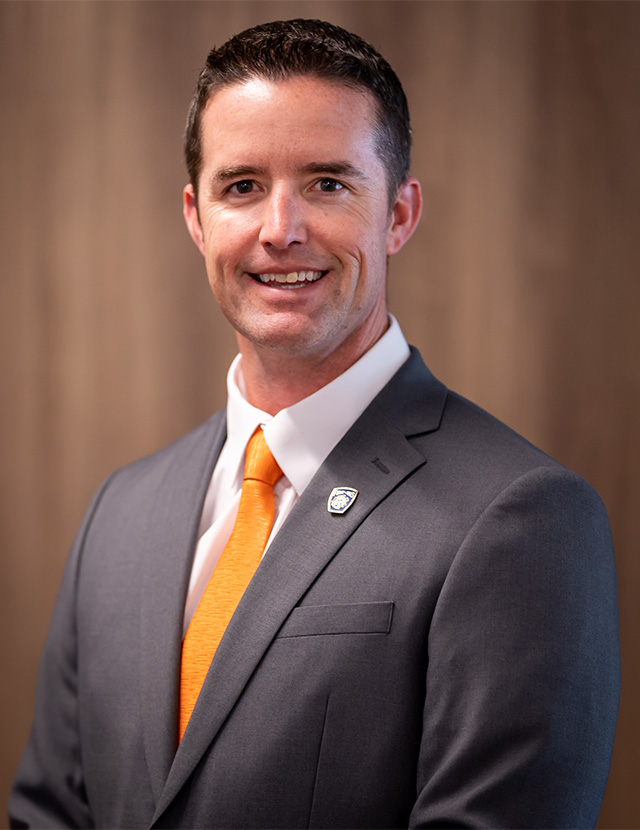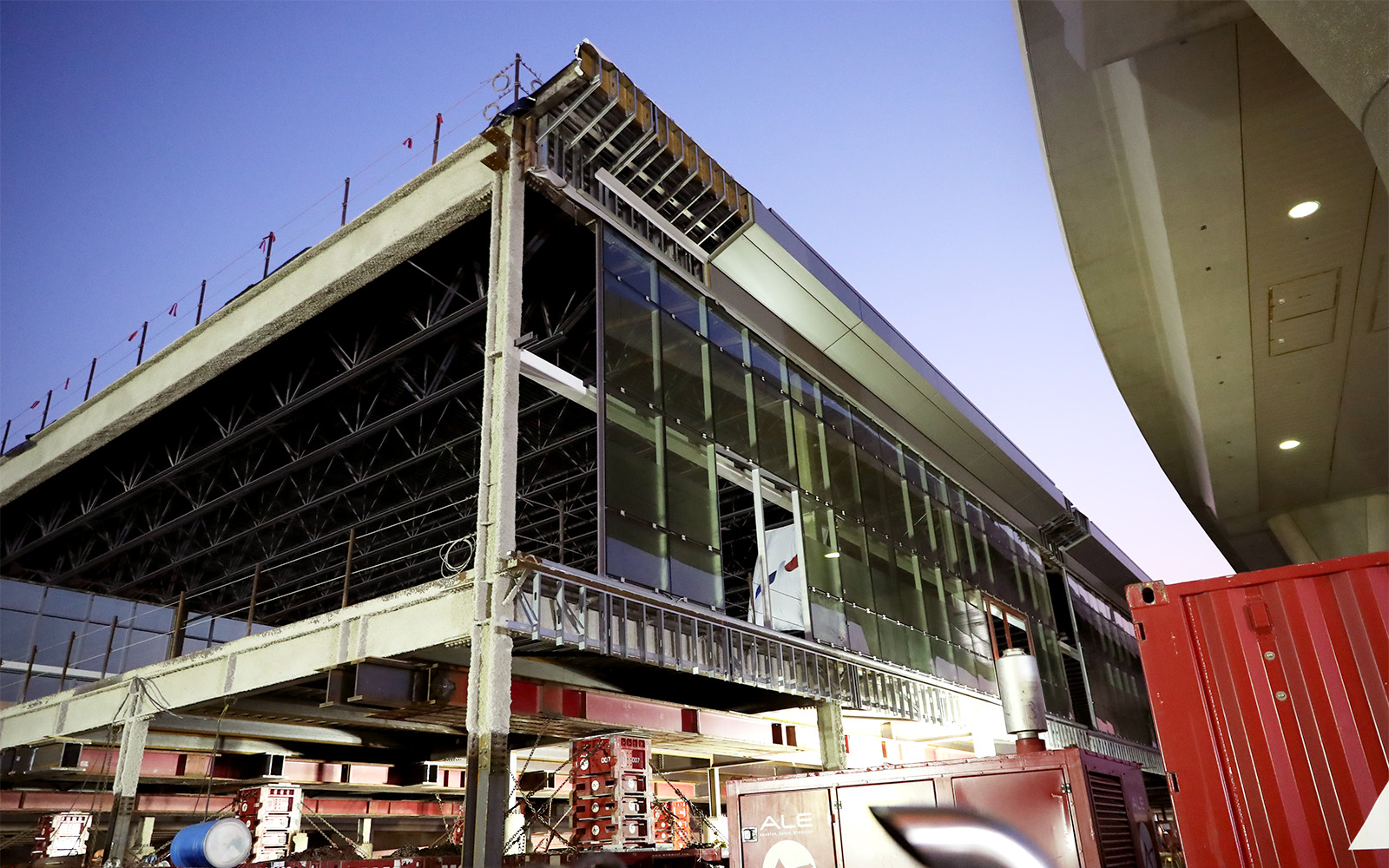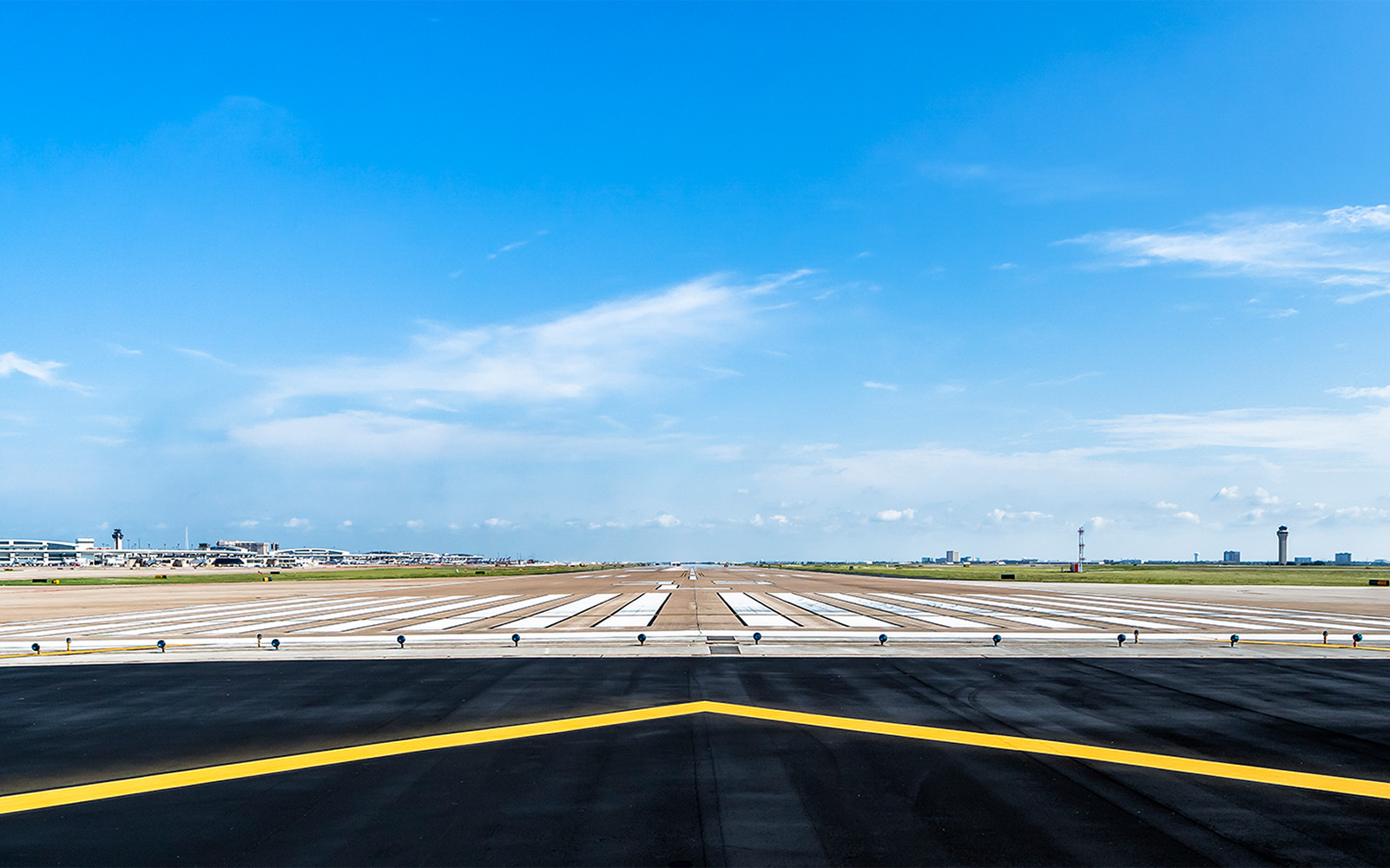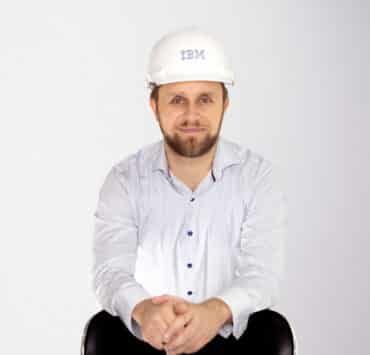|
Getting your Trinity Audio player ready...
|
It’s a common perception that the Dallas Fort Worth International Airport (DFW) represents the two cities in the name. But really, it’s three, with the third being the airport itself. It covers 27 square miles (yes, miles), it has its own governance body, and it boasts a sprawling infrastructure of immense complexity. It even has its own fire department.
And it was the fire department where Mitch Gray first started working at DFW. He always wanted to be a fireman, to be useful in dangerous situations, and to experience the adrenaline rush that inevitably comes with tending to emergencies. After more than a decade of putting out fires and responding to emergencies at the airport, a career “green light” moment moved him to the fire marshal’s office before he continued up the ranks to where he is now the assistant vice president of code, construction, and survey.

This career ascent wasn’t something he specifically envisioned, but Gray operates by a different career planning process. He cites a philosophy of Academy Award-winning actor Matthew McConaughey, whose best-selling memoir, Greenlights, speaks of taking opportunities when they present themselves. Gray says he had some disappointments throughout his career but maintaining a green light/red light approach allowed him to grow and identify blind spots professionally. “You must have faith to know that red lights throughout life will always turn green,” he says. “It’s about timing.”
His biggest career change came a decade before McConaughey’s book. In 2011, the airport was renovating three terminals and needed someone from the DFW fire department to consult from the perspective of life safety and fire protection.
Learning life safety codes and standards of complex occupancies like airport terminals gave him the intricate knowledge of dealing with egress issues, fire protection systems, and fire hazards associated with concessions, to name a few of situations he encountered. With the well-being of humans and aircraft at stake, it’s smart to have a first responder advise on what happens and where in a building.
“It was a $3 billion project, renovating terminals A, B, and E,” Gray says. “It gave me exposure to the design, construction process, and building codes. I also obtained knowledge of other codes and standards, design engineers, architects, project managers, and the needs of stakeholders, both internal and external.”
“This was not what I envisioned as my career path,” he continues. “But God opened doors, so I just needed the courage to walk through it.” His roles went from fire captain (fire alarm, sprinkler, and life safety coordinator) to fire alarm and sprinkler plan review to battalion chief and assistant fire marshal.

Now he is responsible for the review and approval of construction permits and developing policies and guidelines relating to the design, construction, and modifications of airport facilities. Throughout his career he also has looked for ways to “BILD”: “build relationships, impact your situation, lead where you are, and develop those around you.”
The DFW facilities go far beyond its 5 air passenger terminals and 171 gates. Across the whole 27 square miles of the airport are 7 runways and lots of huge hangars and warehouses. “It’s the Disney World of buildings and systems,” Gray describes.
He’s been involved in building warehouses ranging in size from 500,000 to 1 million square feet and serving Amazon, Mars Candy, Uline, and Heritage Auctions, to name a few. In 2022, the airport handled close to a million tons of cargo in addition to 73 million passengers.
DFW is a huge regional economic driver with more than 60,000 on-airport employees. And airport passenger traffic is projected to climb steadily over the next decade, which means that Gray’s work is increasing as well.
He says they are rehabbing all the runways, strategically working through operational as well as administrative needs as determined by the Federal Aviation Administration. An expansion of the C terminal in 2022 replaced what were intended to be temporary gates when constructed in 1988.

Courtesy of DFW International Airport
Gray lauds the construction team that built the new 80,000-square-foot terminal section nearby utilizing modular construction, which was a first of its kind for any airport. “We had to deal with a 1/8-inch variance tolerance on the piers, and we cleared it successfully,” he says. “Comparing new versus old, it’s a night-and-day difference.”
With so much to oversee, does he sometimes visit the control tower to check on projects?
“No,” he says with a laugh. “But we do utilize drone and LIDAR technology to scan projects.” LIDAR, short for Light Detection and Ranging, uses remote laser sensing of objects and surfaces. Gray adds that this is in addition to land survey data and quality assurance inspectors, who provide data and photos used to study and resolve issues.
DFW is the world’s largest airport running on 100 percent renewable energy, thanks to the abundance of wind power generated in Texas, as well as smart dynamic glass that prevents solar heat gain in concourses and rail transfers where buses might otherwise be used.
The airport is approaching its 50th anniversary, meaning many parts are now a half-century old. Combined with the need to expand to accommodate increased traffic, Gray and his team have a lot on their plates. But when new projects are greenlighted, he knows they’re doing what they need to do.
“A healthy airport is one that has construction happening,” Gray says.


